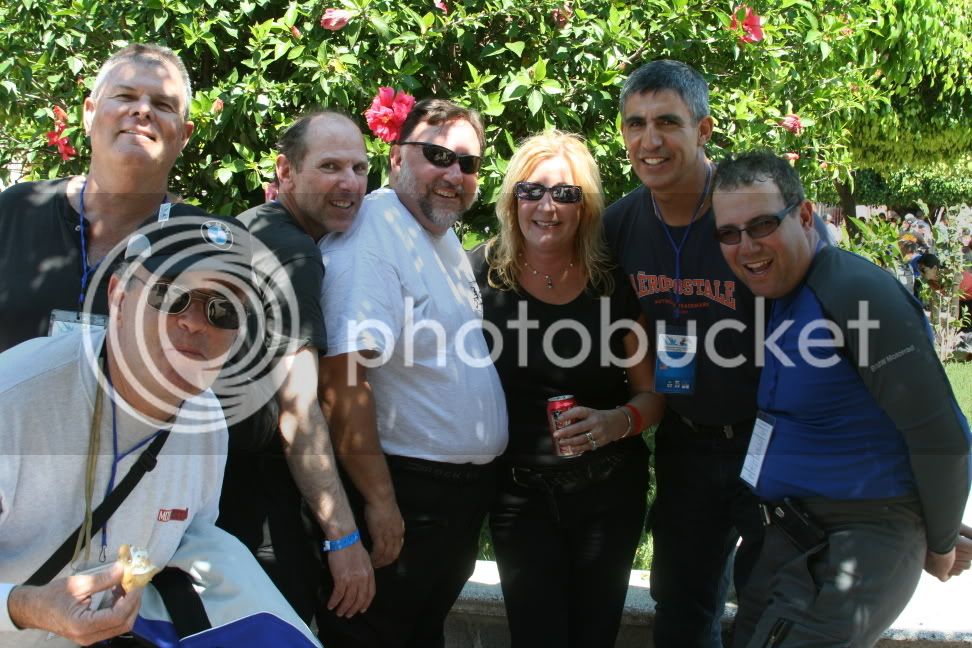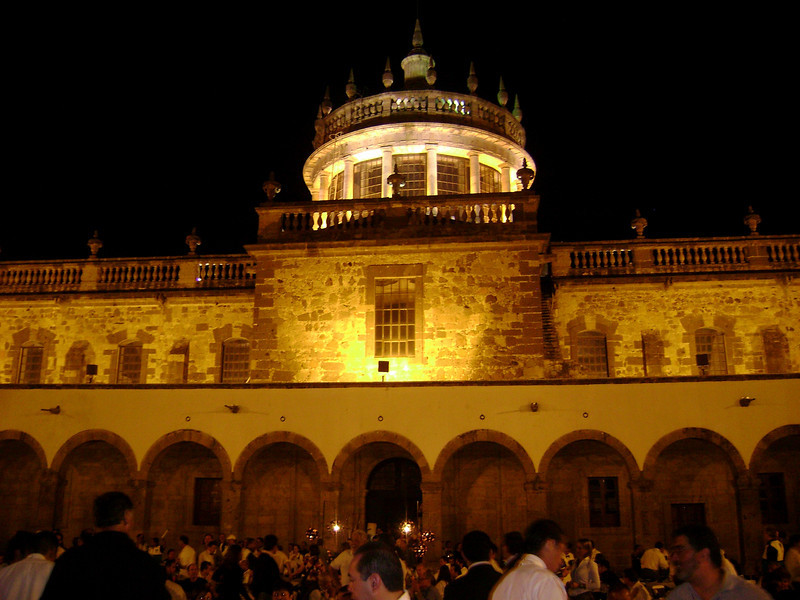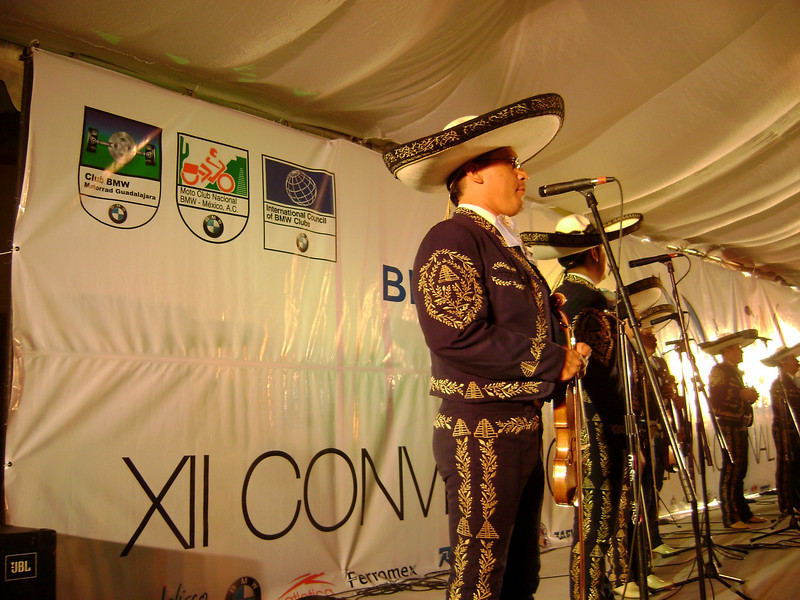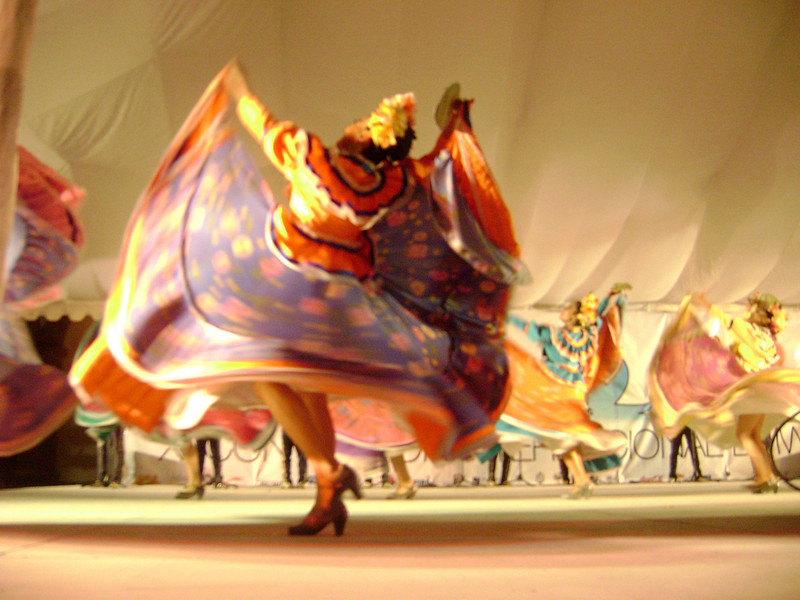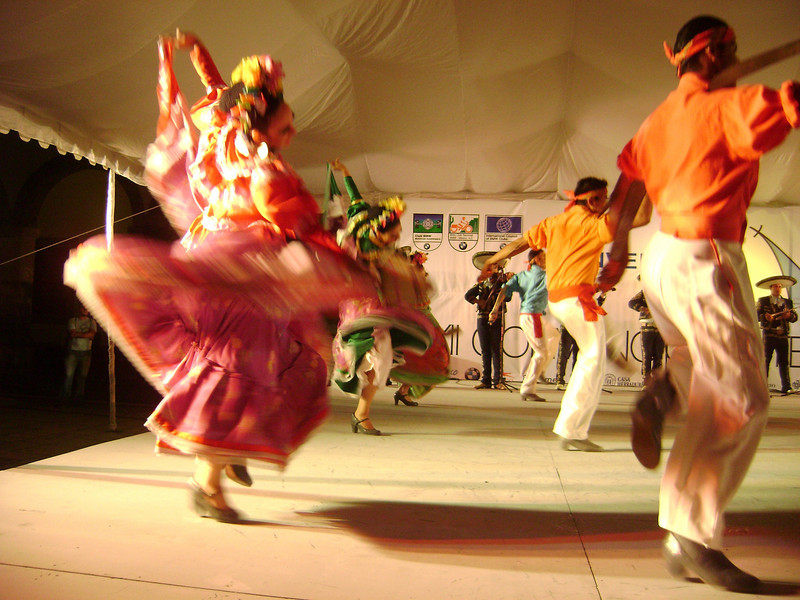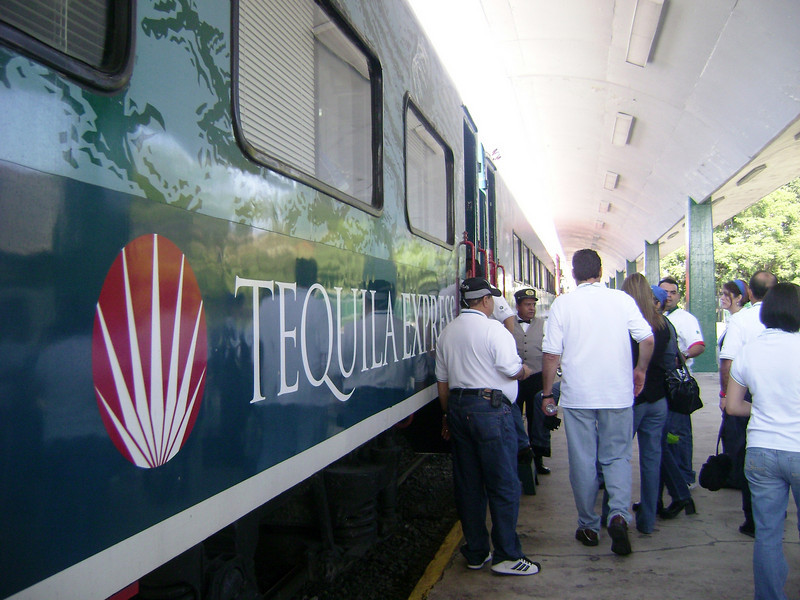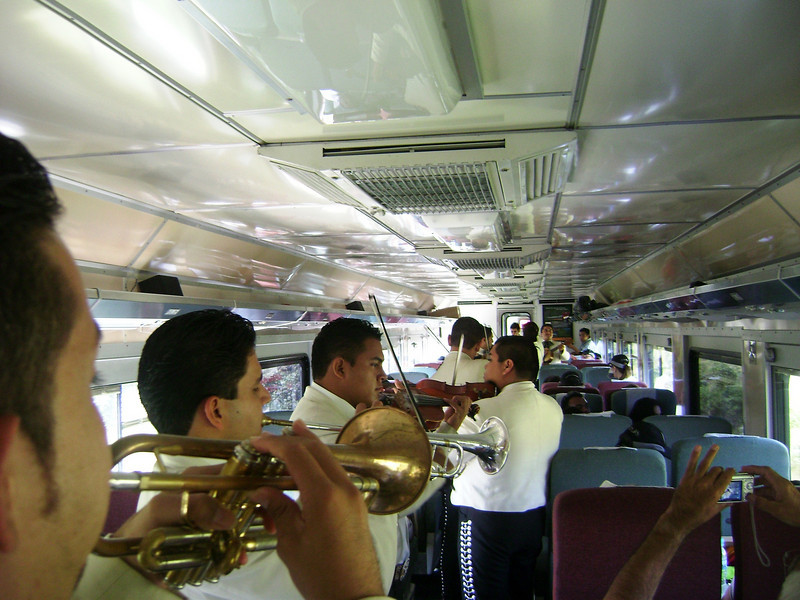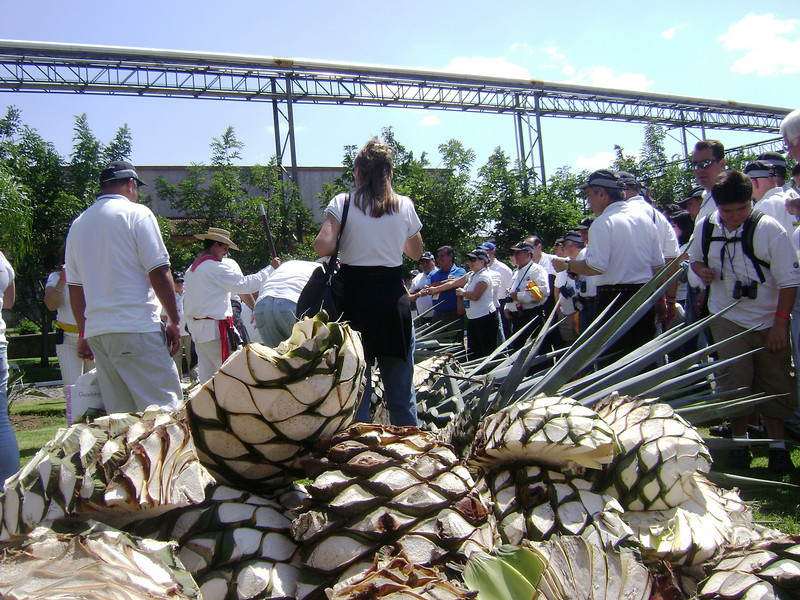Yup! All whiskey has water added to set the proof. You may not be able to taste the difference but others can. Thats how Jack Daniels decides to bottle under the black or green label.
Jack Daniel's black label was historically produced at 90 U.S. proof. The lower-end green label product was 80 proof. However, starting in 1987, the other label variations were also reduced in proof. This began with black label being initially reduced to 86 proof. Then, starting in 2002 or2004, all generally-available Jack Daniel's products were diluted to 80 proof (including both black label and green label). The reason stated for this was that the distillery's marketing had found that customers preferred a lower proof whiskey. Both the black label and green label are made from the same ingredients; the difference is determined by professional tasters, who can taste the difference and who determine which of the batches would be sold under the higher-priced black label, the rest being sold under the green label. So if you can't taste the difference save yourself some money and by the cheaper one.
Lower barrel proof and higher bottle proof makes for the most flavor...Higher bottling proof generally makes for more taste because there is more barrel extract (wood tannins and sugars) in the brew: the more you dilute it, the less of those flavors in the drink. Lower barrel entry (e.g. Maker's Mark, Wild Turkey) proof tends to produce more taste because water extracts more from the wood than alcohol. Some distillers believe that a relatively high barrel entry proof is better though, such as Heaven Hill.
Lower distillation proof tends also to produce more taste because more non-ethanol congeners are left in the whiskey - they don't taste all that great when young and a congeneric young whiskey needs more time to age properly than a less congeneric one.
So there are a lot of variables and it is difficult put down hard and fast rules. I think that higher-proof spirits are a better value. If the bottling balance isn't to my taste I will add my own water. A lot of whiskey tastes great at 86 proof or 90...
In short, there are three types of proof to consider here: Distillation Proof, Barrel Proof and Bottle Proof.
Distillation proof is the proof the whiskey is distilled at and the higher that proof is, the less flavor. The reason bourbon has a 160 proof max while whiskey is 180 is that the bourbon distiller wants more grain flavor in the whiskey. The lower the distillation proof the more flavor left in the spirit. Barrel proof is proof that the spirit enters the barrel and the lower the proof, more sweetness from the barrel. Whiskey does not have a maximum barrel proof, but bourbon does at 125. This was raised in the 1960s from 110. The more water in the whiskey (in other words, the lower the proof) the more natural sugars extracted from the wood. Sugar dissolves better in water than alcohol.
Bottle proof is the opposite here - the higher the proof the more flavor. There are two causes of this. The more water added the more the flavor is diluted. Also the lower the proof, the more the distiller has to filter the whiskey to prevent "flocking" and filtering removes flavor. (Flocking is the formation of vegetable oils into solids causing the whiskey to look cloudy in colder climates.)
So if you have a bottle of high proof bourbon in front of you, it is probably more flavorful than a bottle of the same brand packaged at a lower proof. But let's take a whiskey distilled out in the 150's, barreled at 125 proof, bottled at 90 proof. Then take another whiskey distilled out at 140 proof, barreled at 115 proof, and bottled at 86 proof. The latter may well have more taste than the other. But maybe if the former was bottled at 100 proof, it would have more taste.
But back to Makers. By dropping down to 84 proof — that’s 6.7% less alcohol than before — Maker’s will be able to stretch its whiskey. They produced 1.3 million cases of whiskey last year. With the reduction of proof it will be able to add another 90,000 or so cases to its annual shipments. At a wholesale price of $15 to Beam (who owns Makers) and you’re looking at an annual revenue addition of $16 million to the company. That’s alot. The Samuels family (they are still there) say its professional tasters can’t tell the difference between Maker’s at 90 proof and at 84 proof. Most Makers drinkers will probably have that first sip, find it just fine, and promptly forget the whole thing.
This is not the first time proof reductions have happened in the world of booze. They’ve been happening for years — in the early 1900s, bottled in Bond whiskey was mandated to be sold at a full 100 proof, as a sign of a quality product. Proof levels started coming down post-Prohibition during wartime years, and the gin folks have been slowly lowering proof levels for decades (like boiling frogs!). The most notable proof-dropper, as I pointed out above, is Jack Daniel’s. JD dropped from 90 proof to 86 proof in 1987, then to 80. There was an outcry. There were petitions. There were assurances that JD would vanish from the market as drinkers flocked to competitors.
Today, Jack Daniel’s is — by far — the best-selling whiskey in the world. (Gotta be all them Harley riders!!!)
Makers may not be dropping the proof to stretch the supply but one way or another you are gonna pay Beam that $16 million for Maker’s Mark. Hey! Look at it this way: It will give you something to complain and talk about with the bartender who pours it for you.
One last thing Makers is a wheated bourbon. So the flavor comes from wheat not rye as in a typical bourbon. Using wheat as a secondary grain instead of rye makes a less spicy, less floral, less sour bourbon. Wheated bourbons have a softer and often nutty flavor. If you like wheated bourbons you can try Old Fitzgerald or Rebel Yell. The Buffalo Trace products are really good (W.L.Weller)






